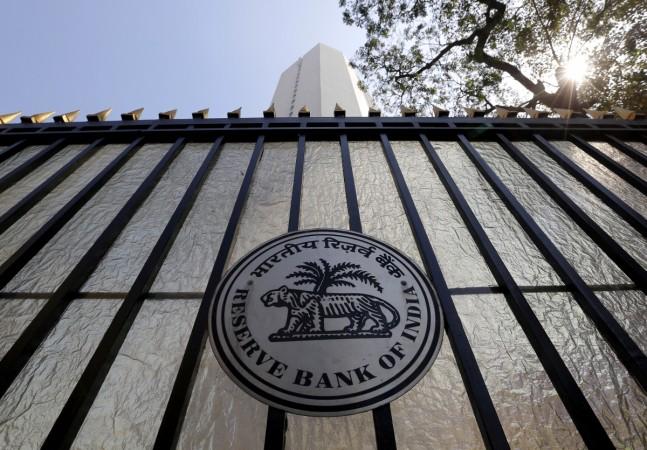
Hinting at the possibility of the high demand for gold in near future, the Reserve Bank of India (RBI) has bought the precious metal for the first in nearly a decade.
The decision to buy gold was taken due to multiple reasons including the returns and capital values of fixed-income bonds declining for some time. According to the annual report of RBI, it bought 8.46 metric tonnes of gold in its stock for the fiscal year 2017-18 that ended on June 30.
After the recent buying, the level of gold reserve stood at 566.23 metric tonnes. The last time RBI bought gold was way back in November 2009 when it bought 200 metric tonnes from the International Monetary Fund (IMF) to enhance its reserve capacity.
The RBI maintained the stability of the gold stocks at 17.9 million troy ounces over past nine years. However, the data submitted to the IMF showed that RBI started buying the gold since December 2017 to pile up the reserves.
As of June 30, the stock of gold stood at 18.20 million troy ounces or equivalent to 566.23 metric tonnes, as against 17.9 million troy ounces in November 2017.
The decision taken by the RBI to buy gold is significant as it is not a regular buyer of the precious metal unlike the People's Bank of China. However, the RBI allows the central bank to trade gold.

The economists are of the opinion that investing in the gold is a judicious idea at a time when the yields are rising. The data with the US treasury department says that between April and June, RBI has already sold around $10 billion worth US treasury securities.
Hinting at the diversification of the asset with the RBI, Saugata Bhattacharya, chief India economist at Axis Bank said that "The addition of gold to RBI's forex reserves is probably a diversification of assets for their deployment, keeping in mind both the buildup of reserves in 2017 as well as the evolving global risks, including market volatility and rising policy rates in the US."














